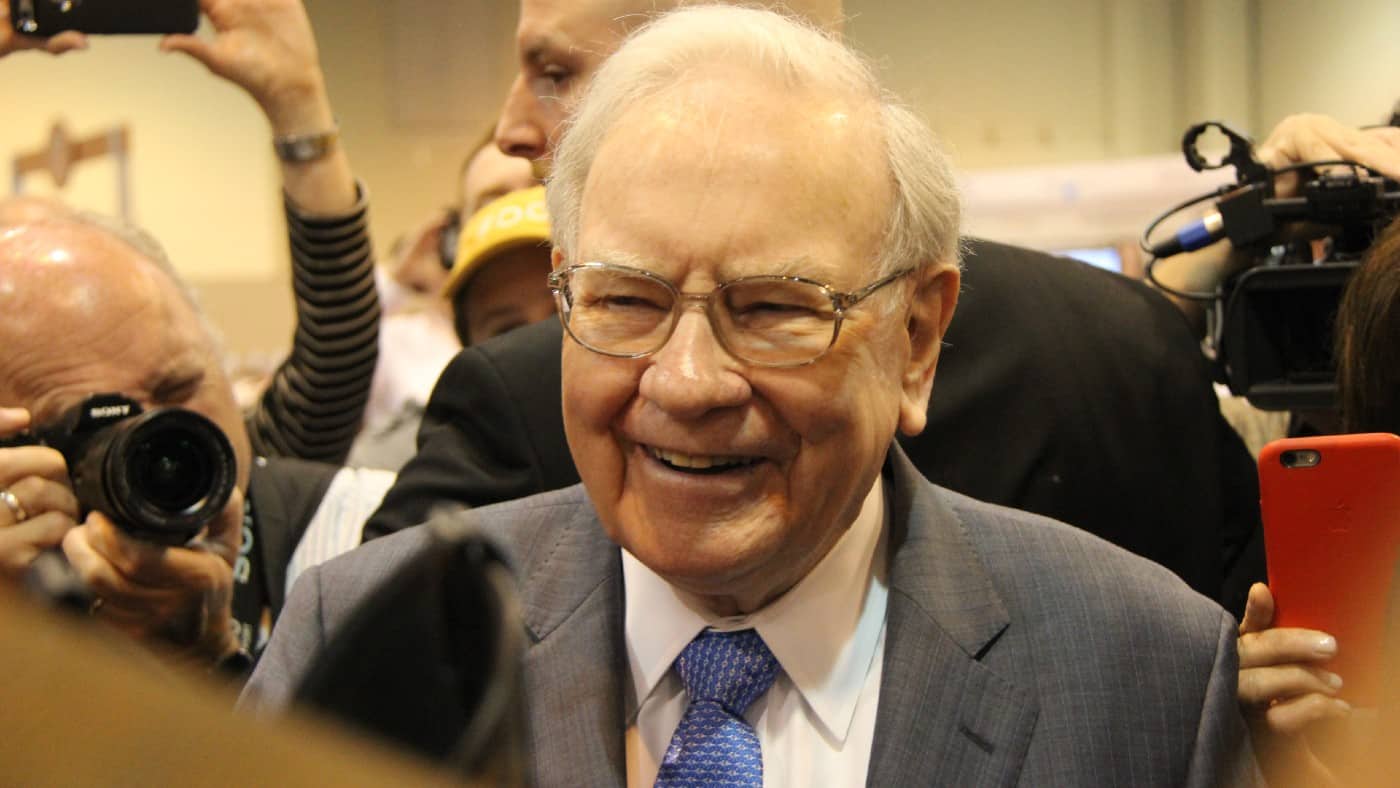Some regular passive income could come in handy for everything from home decoration to travel. That is why I am trying to build my dividend income. I think I can learn a lot from legendary investor Warren Buffett when it comes to the approach I take for that.
Here is how I would use some classic Buffett principles to target monthly dividend income of £400.
Sticking to proven profitable business models
Buffett invests in shares from a variety of industries. But something that unites shares such as Bank of America, Coca-Cola and Apple is that none of them are companies stuck in a lossmaking phase. Instead, Buffett tends to stick to companies and business models that are already profitable and have proven their ability to make money for many years.
That matters because it knocks a lot of growth shares out of the running, even though they may end up paying big dividends down the line. Buffett’s preference for companies with proven profitability limits the universe of shares from which he can make purchases. But it also means that he is less likely to be disappointed by investing in the “next big thing” while it is lossmaking, only to discover that it never becomes profitable.
It also matters if I want to boost my dividend income. A company needs to make profits to have spare money it can pay out to shareholders as dividends.
Focus on quality not dividend yield
Buffett’s long-term return on capital is the envy of many investors. When it comes to the shares he owns, that is a mixture of share price growth and dividends.
But what is striking is that Buffett often invests in companies with dividends that are far smaller than others available in the market. At the time of his most recent shareholders’ letter, Warren Buffett’s three largest share positions were in Apple, Bank of America and Verizon. Their current dividend yields are 0.5%, 2.2% and 4.7% respectively.
Buffett’s yield will probably be different, based on what price he paid for the shares when he bought them. But clearly these are not the highest yielding shares available, or even anywhere close to them.
The reason for that is simple. Buffett is not buying yields, he is buying what he regards as high quality businesses. The ‘Sage of Omaha’ reckons that if these businesses do well over time, they will generate substantial profits. That could support an increase in the return on his investment, whether through dividends, share price growth, or both.
A £400 monthly income adds up to £4,800 in a year. If I invest in shares with a 10% yield, I could target that amount with just £48,000. If I invest in shares with a yield of 4.7%, like Bank of America, I would need over £102,000 to target the same income.
But based on Warren Buffett’s approach, I would not approach my target by focussing on how much I could afford to invest and then hunting for the highest yield. Instead, I would look for companies I thought had the characteristics of long-term profit machines that were trading at an attractive price. Then, based on their average yield, I would know how much I should invest to target £400 in monthly dividend income.
What if that was more than I had available to invest? I would still take the same approach, but work more slowly towards my target. After all, while Buffett now earns an enormous passive income, he too built his passive income streams up gradually. The Oracle of Omaha started by buying just three shares at the age of 11.
Reinvest dividends
If I did not have enough money to target my passive income immediately, I would also consider reinvesting some or all of the dividends I earned from my shares.
This is known as compounding. Like a snowball picking up more snow as it rolls downhill, compounding can be a way for a portfolio to grow quicker through reinvestment. At his 1990 shareholders’ meeting, Buffett explained the importance of compounding to his investment success and used the snowball analogy to bring it to life.
Consider as an example a UK dividend share I own, Imperial Brands. Its yield is currently 8.2%. So if I put £60,000 into it today, I would expect to earn £4,920 in annual dividends. That would already meet my target of £400 in monthly dividend income. But If I always reinvested the dividends in Imperial shares at the same price and the dividend is maintained, a decade from now I would expect to own Imperial shares worth £132,000, paying me annual dividend income of £10,820.
Buffett always diversifies
In reality, I would not put all of my portfolio into Imperial – or any other single share. No matter how promising a company may seem, it can run into unexpected challenges that lead to it cutting or cancelling its dividend.
That is why I would do what Buffett does and diversify my portfolio across a number of shares and industries. That way, if one of them did not do as well as I hoped, its impact on my overall dividend income target would be limited.
Think about fees
One of Buffett’s bugbears is the high cost of some investment banking services. Even as a private investor with a small amount to invest, I think the same rigour can improve my investing returns.
Every time I pay fees to trade or own shares, that eats into the amount of money I have to invest in my Stocks and Shares ISA. If I can get the quality of services I need for a lower cost, that could help me hit my dividend income target sooner.








